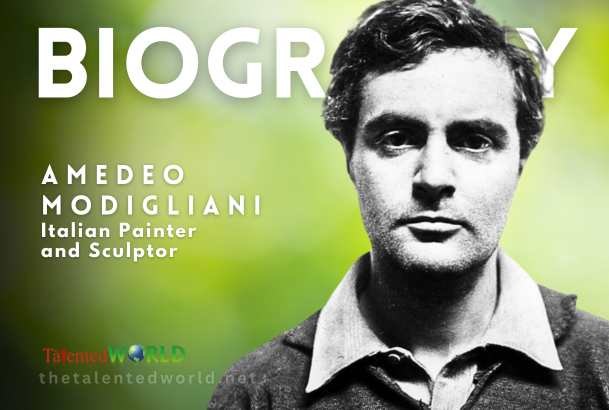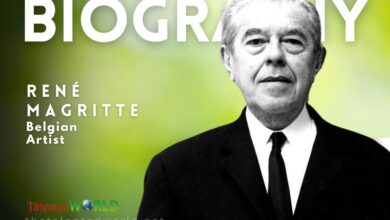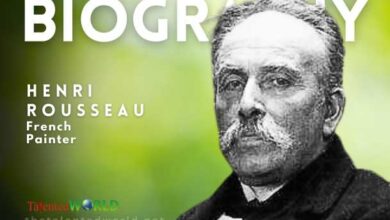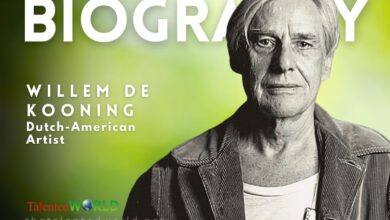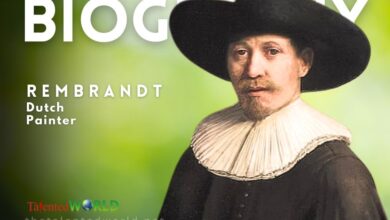| Full Name | Amedeo Clemente Modigliani |
| Date of Birth | 12 July 1884 |
| Place of Birth | Livorno, Kingdom of Italy |
| Date of Death | 24 January 1920 |
| Place of Death | Paris, France |
| Resting Place | Père Lachaise Cemetery |
| Education | Accademia di Belle Arti, Florence |
| Known For | Painting, sculpture |
| Notable Works | Redheaded Girl in Evening Dress, Madame Pompadour, Jeanne Hébuterne in Red Shawl |
| Movement | School of Paris |
| Partner | Jeanne Hébuterne (1917–1920, his death) |
| Children | 4, including Jeanne Modigliani |
| Early Life | Born into a Sephardic Jewish family in Livorno, Italy |
| Family Background | Descended from an intellectual, scholarly family with a history of money-lending |
| Financial Hardship | Experienced bankruptcy due to economic downturn |
| Relationship with Mother | Close relationship; she taught him at home until the age 10 |
| Health Issues | Battled pleurisy, typhoid fever, and tuberculosis throughout his life |
| Influence of Mother | Instrumental in his pursuit of art as a vocation |
| Quote from Mother’s Diary | “Perhaps an artist?” at age 11 |
